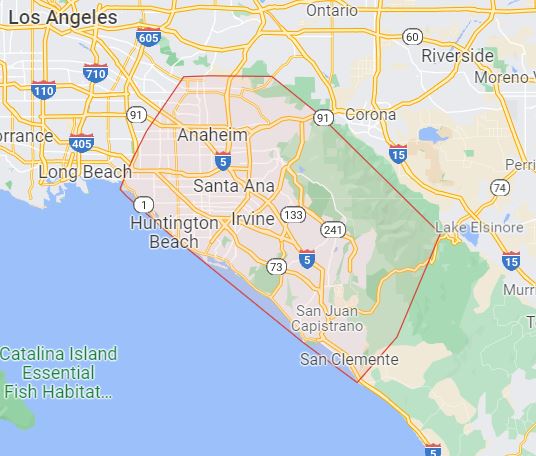Restoring Turkish rugs is a complex task that requires the expertise of professionals. This guide provides valuable tips on Turkish rug restoration in Newport Beach, covering essential factors to consider during the process, starting with the rug’s material. Turkish rugs are typically crafted using natural dyes, also known as vegetable dyes, derived from various plants and insects. One of the most common red dyes comes from the roots of specific trees.
Water damage can lead to significant issues with your Turkish rug, often necessitating the rebuilding of its foundation. After removing the damaged areas, color-matching the wool is crucial. Each section of a Turkish rug features multiple rows of knots, making this a time-consuming task. While finding an exact match might be challenging, various techniques exist to achieve a close color match, and it’s worth exploring these options.
Professionals specializing in Turkish rug restoration in Newport Beach have the training needed to handle Oriental rugs effectively. They can help maintain your rug’s integrity and prevent further damage during the restoration process. When selecting a restoration expert, look for a weaver with a proven track record in restoring Turkish rugs. It’s also important to request a detailed explanation of their repair methods along with a price estimate. This will help you determine the most suitable type of restoration for your needs.
Professional cleaning services are equipped to address issues such as carpet bugs, lifting odors, and removing stains without harming your rug. If your rug shows a low pile, it may indicate age and a need for restoration, a common concern for area rugs regardless of foot traffic. Regular professional cleaning and restoration in Newport Beach are essential to prevent mold and mildew from diminishing your rug’s value.
After cleaning, it’s important to remove any heavy furniture from your rug, as these items can create pathways and distort the natural patterns of your rug’s surface. Avoid using vacuum cleaners with beater bars or power brushes, which can tangle the fringes. Instead, use a vacuum nozzle wide enough to cover the rug without disturbing the fringes, and be cautious not to run the vacuum back and forth over them.
To clean dirt from your Turkish rug, start by testing your cleaning method on a small area first. Avoid letting spills sit for too long, as they can lead to stubborn stains. For quick cleanups, a paper towel can effectively blot spills. Always take care not to scrub too hard to avoid damaging the rug’s appearance.
If the fringes of your Turkish rug are fraying or deteriorating, it’s crucial to have them repaired promptly. Experts in Turkish rug restoration in Newport Beach can assess how to fix loose fringes effectively. For instance, retying loose fringes can be a cost-effective solution, but some delicate Turkish rugs may not be suitable for sewing on new fringes. In the case of low-pile rugs, techniques like the Zenegra stitch or a combination of methods may be appropriate.
For top-notch Oriental and Turkish rug cleaning, repair, and restoration in Orange County, Persian Rug Pros is your go-to source. Our Newport Beach Turkish rug restoration team consists of dedicated master weavers with an average of over 40 years of experience. Contact us at (949) 335-9788 for reliable service and free estimates.







